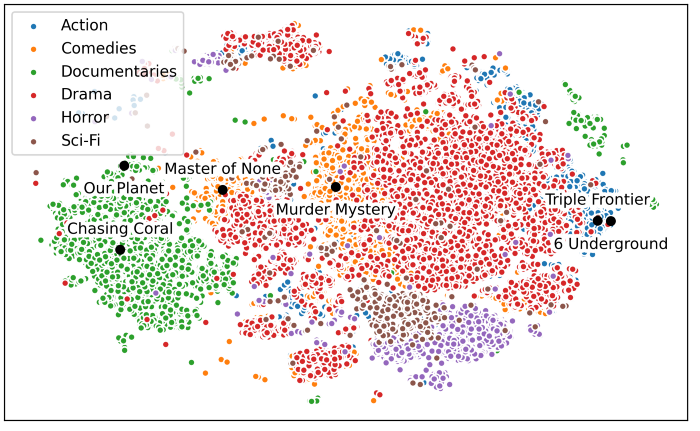Intuition vs. data. Your gut vs. the spreadsheet. For the tough calls, it’s never clear which to lean on in the moment. Which will allow you to see things that others, notably your competition, can’t or won’t?
While big data, machine learning, and AI seem to be giving data the edge, it’s not always the silver bullet; sometimes, it’s just enough rope to get in trouble. New media darling Netflix has been accused of sometimes draconian use of data on driving shows and how that can breed lies, damn lies, and statistics. On the costlier side of this trend is Zillow’s $420 million cautionary tale of their home buying foray.
The best practice is mixing the use of both as a test of experience and underlying assumptions. Data-driven, not data controlled. Rich Fairbank of Capital One’s championing of their “information-based strategy” is an example. Using data to quantify market opportunities, and running tens of thousands of experiments annually, led to their market-leading personalization capabilities in the early 2010s.
But what about when the data just isn’t there? It’s easy to lean into intuition alone. What else do you have? But stopping there is a mistake. If you’re making the type of consequential decision that you’re title (and salary) demand, and you can’t back it up with what your customer or the market is telling you, take that as a challenge.
Start by building dashboards with the KPIs you wish you had. Use that as a blueprint for getting the data you need. Conduct small-scale experiments, surveys, and limited trial/scope offerings. Find a way to test your assumptions and identify the source of data and supporting trends to drive performance.
Blinds.com (acquired by Home Depot in 2014), solved rising customer service costs in just this way. By partnering closely with vendors, Blinds.com could address quality and customer sat issues by simply tracking and providing vendors with first time right and remake data. This partnership evolved into a predictive model, based on customer order data and vendor performance, that could predict if an order would require rework 60% of the time. Starting simply and building to more actionable data led to double-digit increases in customer sat and productivity for the group.
